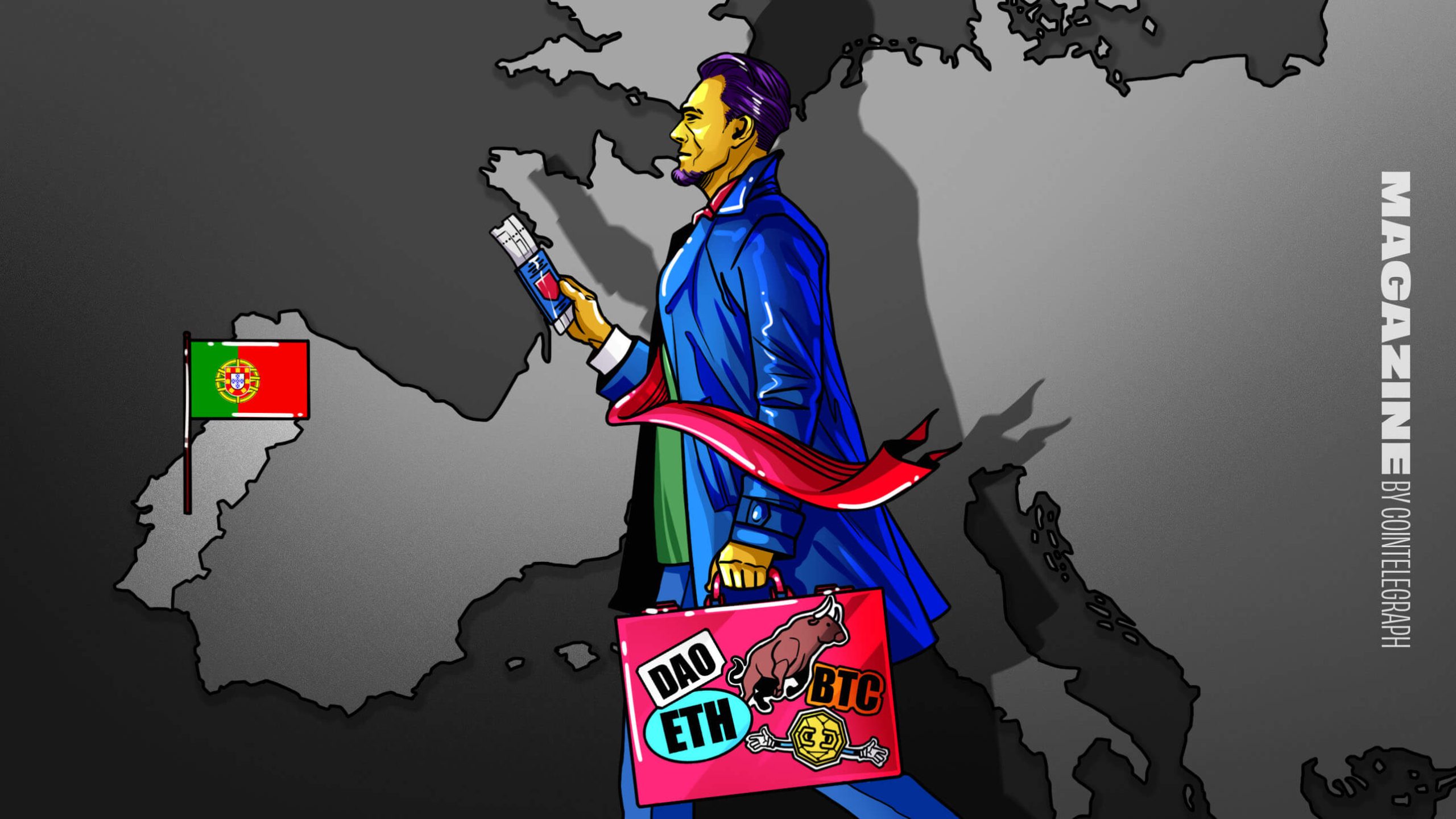
A recent buzz within crypto circles revolves around a 1996 research paper from the U.S. National Security Agency (NSA). There’s burgeoning speculation: did the NSA lay the groundwork for Bitcoin? Indeed, there are striking similarities between the NSA document and the Bitcoin white paper. However, a detailed look suggests a tighter connection to centralized Chaumian models described years prior.
From NSA’s Vaults to Satoshi’s Vision: Tracing Bitcoin’s Alleged Origins
Bitcoin, whose existence is widely attributed to the elusive Satoshi Nakamoto, now has whispers suggesting its true origin might be the U.S. Department of Defense’s intelligence arm, the NSA. This isn’t a new narrative, but we’ll dive into its prior emergence shortly. For now, it’s worth noting this theory, along with the NSA’s paper, has gained traction on the social media platform X.
“The NSA invented Bitcoin?” Daniel Roberts mused. “1996 paper titled: ‘How to Make a Mint: The Cryptography of Anonymous Electronic Cash.’ Sources include ‘Tatsuaki Okamoto.’ Who else would be able to sit anonymously on 1 million coins. Oh, and they invented SHA256… ?”
Penned by Laurie Law, Susan Sabett, and Jerry Solinas on June 18, 1996, the NSA paper delves into online transactions, cryptography, and digital signatures. It suggests a distributed framework with the potential for “untraceability.” The proposed “electronic coin” even spans offline uses. Roberts’ comments on X prompted a flurry of reactions.
Ian Grigg, a computer scientist and financial cryptographer, clarified it as “just a paper from the NSA written back in the day. It made a little splash, it was designed to inform the IC how digital cash like Chaum blinded money of the 1990s worked at the time. Hint- it’s using Chaumian terms like Mint and Anonymous Electronic Cash.”
Another voice, cryptographer Adam Back, weighed in, “That’s more like chaum ecash variant. ie centalised ecash, not that related to Bitcoin.” David Chaum introduced the idea of digital cash in the early 1980s and published a paper titled “Blind Signatures for Untraceable Payments” in 1982.
The NSA document receiving attention isn’t new; media outlet CCN.com tackled it years ago. Though updated iterations surfaced in 2021, the piece got archived on June 6, 2018. The write-up also touched on the NSA’s creation of the SHA256 cryptographic hash function. On June 6, 2019, CCN released another piece titled “4 Reasons to Believe the Deep State (or the NSA) Created Bitcoin,” notably without referencing the 1996 document.
Even before Bitcoin’s inception, in 2005, leaks revealed that the NSA and Pentagon poured vast resources into supercomputers and expansive data facilities in Utah and Maryland. By 2011, the NSA had developed an $895.6 million supercomputing hub in Fort Meade, Maryland, initially drawing more than 60 megawatts (MW) of power to start. Reports claim the Fort Meade NSA facility has 70,000 square feet of technical space, and the Utah data center has approximately 100,000 square feet designated for computers.
Beyond these tech marvels, the NSA allegedly monitored bitcoin users in 2013. This revelation came courtesy of whistleblower Edward Snowden and a Freedom of Information Act (FOIA) request. The NSA reportedly tracked bitcoin enthusiasts using its Xkeyscore software, capable of pinpointing a user’s Internet Protocol address. The “MONKEYROCKET” program was at the helm of this operation.
Described as a “non-Western Internet anonymization service,” “MONKEYROCKET” leveraged “full take” surveillance. The NSA, when approached by The Intercept for a statement, remained tight-lipped. There’s also chatter that this software played a significant role in taking down the Liberty Reserve exchange, which U.S. federal prosecutors shuttered under the Patriot Act in May 2013.
Yet, as history often repeats, the 1996 NSA paper is once again a hot topic on social platforms, catching the attention of crypto influencers. “I actually do believe this,” commented Nic Carter on Roberts’ NSA post on X. “I call it the Bitcoin lab leak hypothesis. I think it was a shuttered internal R&D project which one researcher thought was too good to lay fallow on the shelf and chose to secretly release.”
Carter elaborated, “This doesn’t imply the U.S. govt secretly controls all the Satoshi coins BTW. In my version of this made up idea, the researcher did it without permission of the NSA, and chose to leave the coins behind so as to preserve his anonymity.” Tatsuaki Okamoto, mentioned in the NSA report, is a distinguished cryptographer affiliated with Japan’s NTT. To date, Okamoto’s pioneering work has garnered over 23,000 citations in academic circles.
What’s your take on the chatter linking the NSA to Bitcoin? Is it plausible or just a wild conjecture? We’d love to hear your insights. Drop your views in the comments below.

You can get bonuses upto $100 FREE BONUS when you:
💰 Install these recommended apps:
💲 SocialGood - 100% Crypto Back on Everyday Shopping
💲 xPortal - The DeFi For The Next Billion
💲 CryptoTab Browser - Lightweight, fast, and ready to mine!
💰 Register on these recommended exchanges:
🟡 Binance🟡 Bitfinex🟡 Bitmart🟡 Bittrex🟡 Bitget
🟡 CoinEx🟡 Crypto.com🟡 Gate.io🟡 Huobi🟡 Kucoin.




















Comments